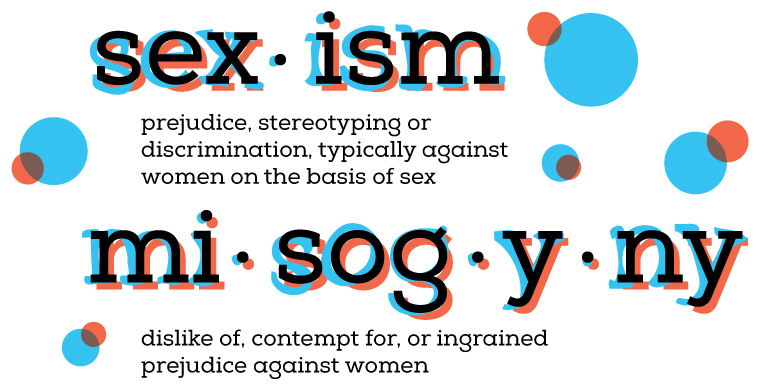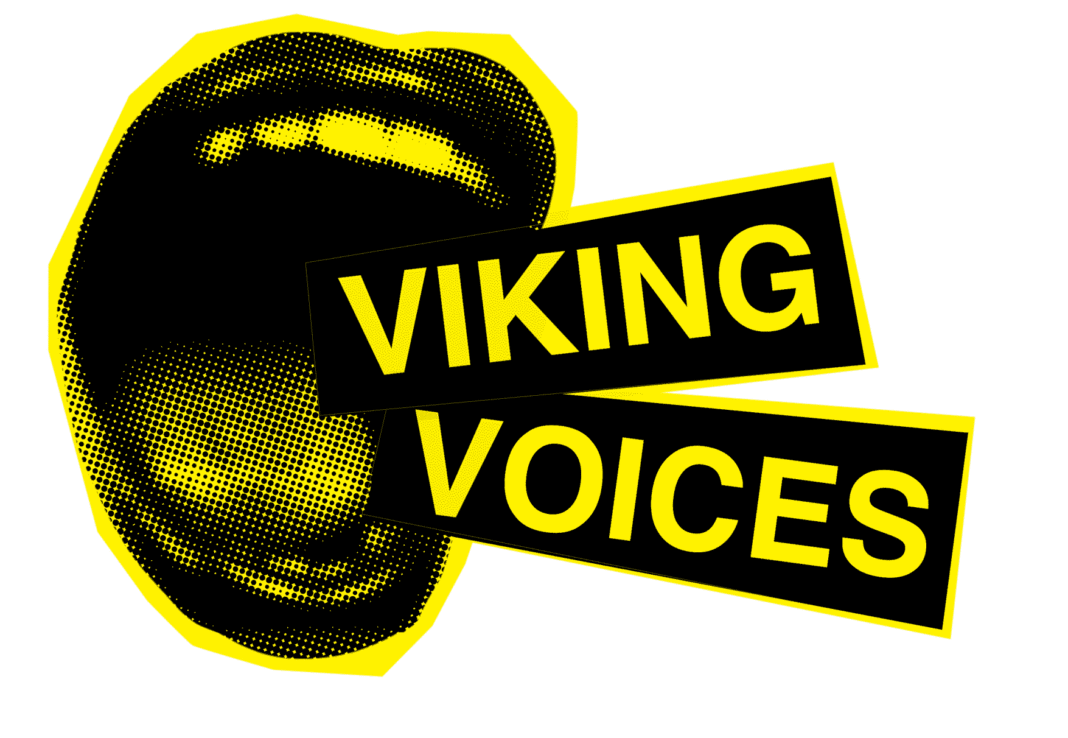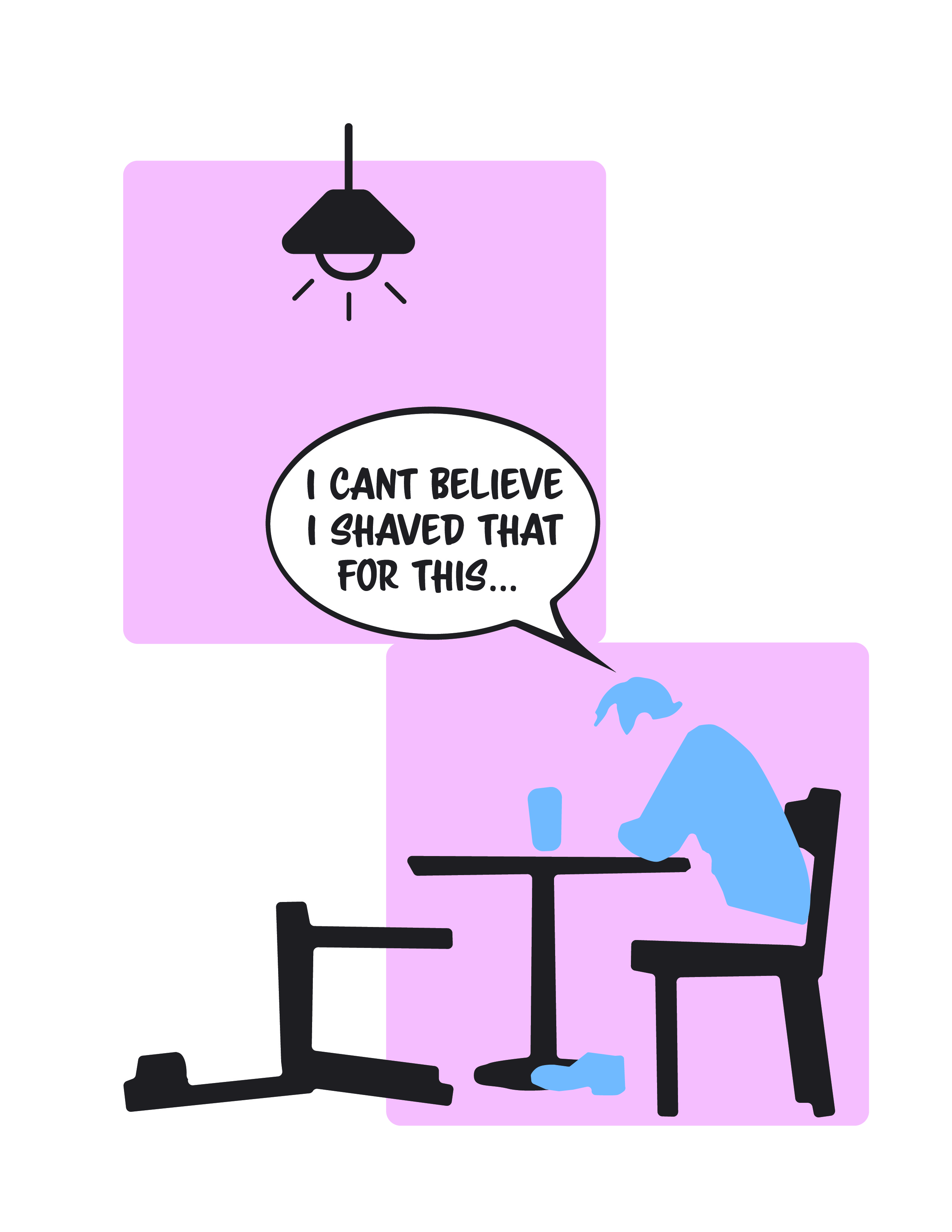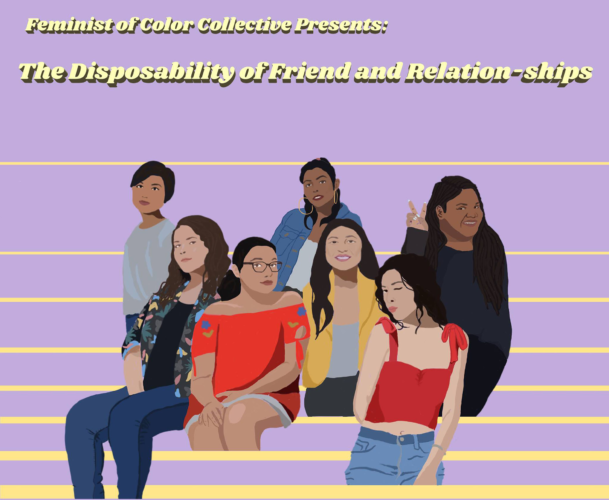Sexism and misogyny are often conflated, and while the two certainly support each other, they are not one and the same. They both affect women in concrete negative ways, from being talked over in meetings to fatal violence. However, the difference is not widely understood, and this leads to confusion and misuse. Understanding the two as separate and distinct—and defining what they actually mean—is crucial to dismantling them.
Cornell philosophy Professor Kate Manne, who wrote a book on the logic of misogyny, identified these differences. “Sexism is the ideology that supports patriarchal social relations, but misogyny enforces it when there’s a threat of that system going away,” she explained, continuing to say that much of misogynistic behavior is about punishing women who don’t act in ways they are expected to and violate the norms of a patriarchal society.
“Misogynists are always sexist, but sexists are not always misogynists,” stated Julie Bindel, a journalist and founder of Justice for Women, a British organization. This means upholding the patriarchal status quo—such as insisting that women are more naturally subservient and maternal—is sexist. A misogynist insults women who refuse the caretaker role and insists the only thing women are good for is servicing men and children.
Both sexism and misogyny have disastrous effects on women’s lives and their mental health. Psychologists Casey L. Augustus-Horvath and Tracy L. Tylka conducted a study on how sexual objectification of women of all ages could lead to developing eating disorders.
The study found “women in both age groups who had a greater tendency to self-objectify were more likely to express body shame. Older and younger women higher in body shame reported a greater tendency to (a) adopt maladaptive eating behaviors and (b) disconnect from their internal hunger, satiety and emotional cues.”
The pervasive and repetitive focus on women’s bodies over any of their other attributes, and framing women’s bodies as overly sexual, only good for sex and made to serve men, can cause lasting health consequences. Women can internalize all of this information—whether from sexist ads, media, friends, family, coworkers or other sources—and turn these negative feelings into self-destructive behavior.
If women don’t subscribe to beauty ideals and try to unlearn societal norms that cause them to dislike themselves and their bodies, they are met with misogynistic punishment. This is even worse for women who doubly don’t fit patriarchal standards, such as women of color, non-thin women, disabled women and others who aren’t perceived as normal by society.
The effects of misogyny and sexism on women aren’t always as apparent as disordered eating or violent crime. Sometimes they manifest in being afraid to speak up in class settings, avoiding buying a car or not negotiating the salary one deserves due to the sexist and potentially misogynist treatment awaiting them for stepping outside of patriarchal norms. Understanding these terms and how they work together to uphold and defend patriarchal systems is the first step in knowing how to work to deconstruct them. Unlearning these deeply ingrained sexist and misogynistic ideals, whether internalized or otherwise, is next.







Sex-ism
*Miso-gyny* [Μισο-γυνη]=greek words for hate(μίσος) and female(γυνή or γυναίκα).